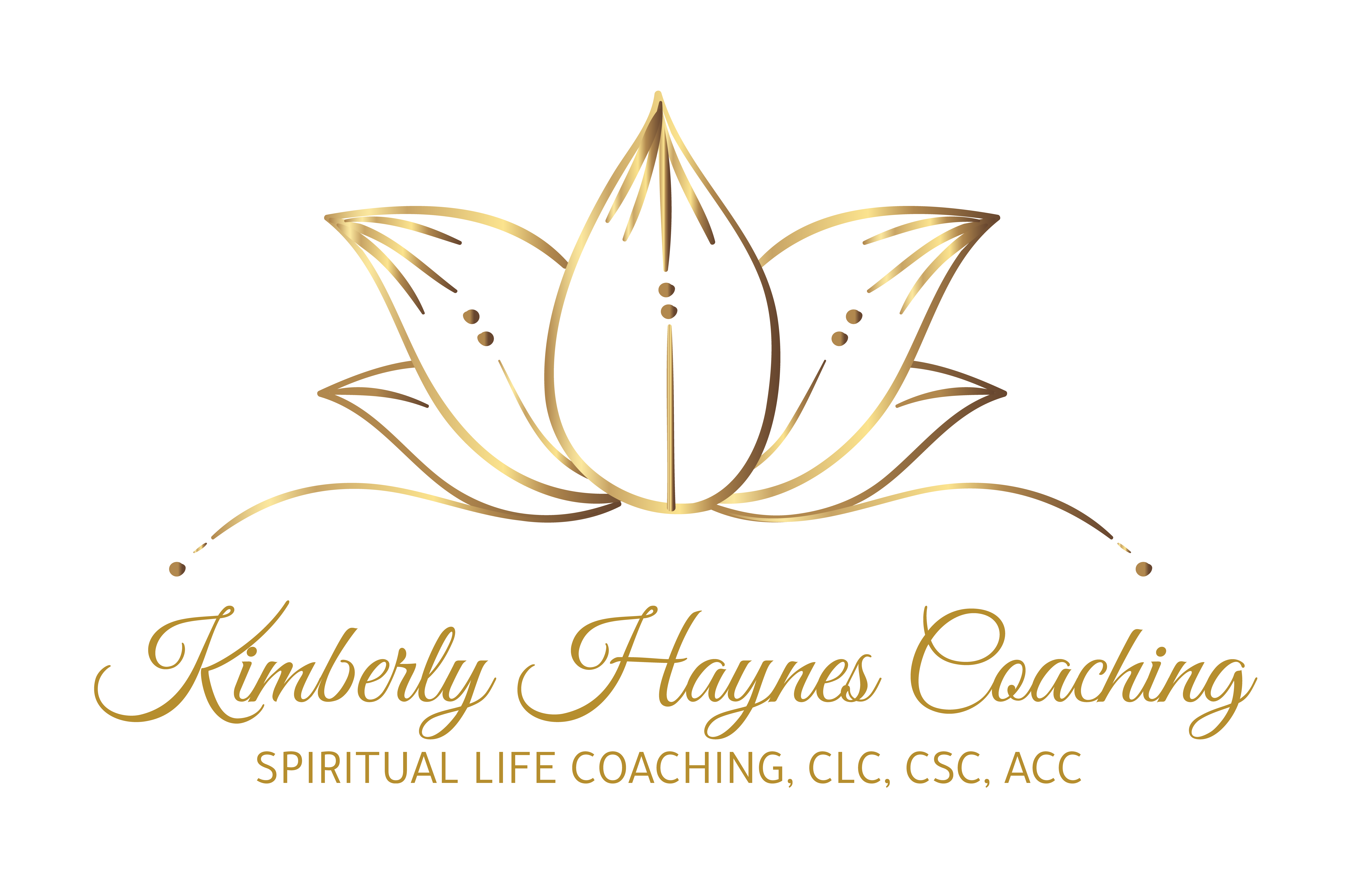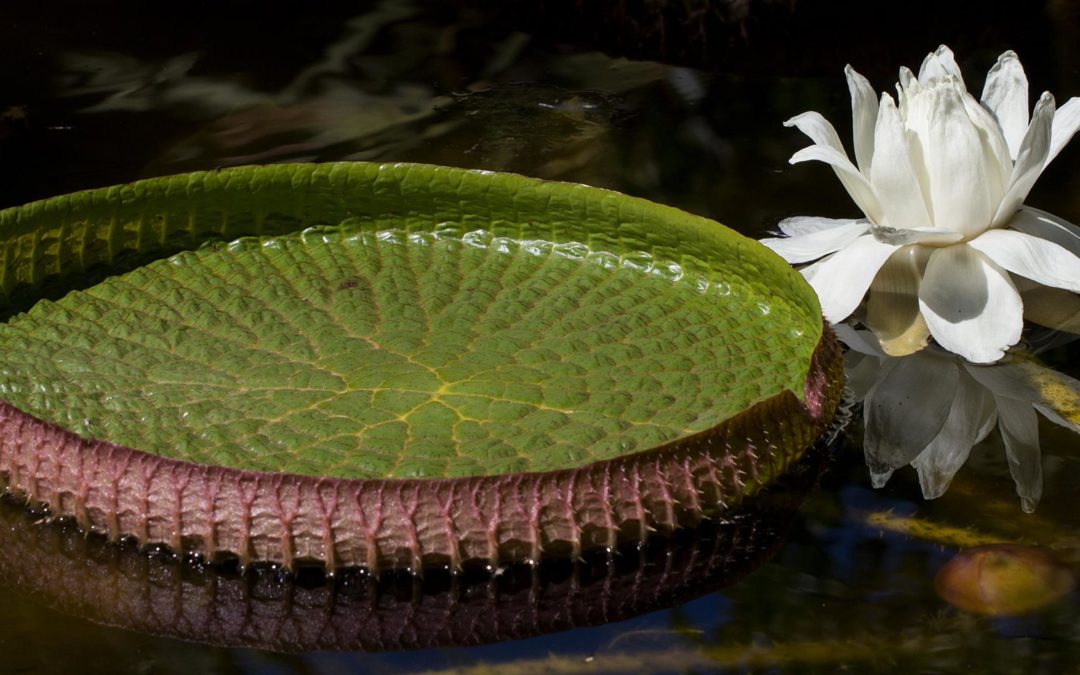Some weeks ago, I included my secret sauce to cultivating spaciousness, inspiration, and peace. There is so much more available in this practice, however, so I thought it worthwhile to write something about how to get there. I mean, how do you cultivate spaciousness? How do you release thoughts and emotions and perceptions arising in the vastness within?
I think of the practice as a doorway to explore and inquire and see the possibilities of our lives. Through stillness and silence, we have an opportunity to see that we are not just the contents of our mind, but rather something far more stable, consistent, non-judging, and aware – this is the cultivation of spaciousness. We can sort of understand better when we think of the opposite of spaciousness, which is
When we first step into the practice of creating inner spaciousness, we might have some inner struggle that emerges in resistance to thoughts, feelings, and emotions. In fact, the idea of not struggling might be totally foreign to some of us. The art of it, however, is simply to notice and return to the breath. It is the nature of the mind to restlessly jump from one thing to another in infinite associations.
Here’s what you must have for this practice:
• Your precious human body/mind
• A quiet place to practice (indoors is best)
• A comfortable place to sit
Here are some techniques:
- Focus your attention on the breath and the movement of the body with each inhalation and exhalation. Notice the movement of your body as you breathe without controlling the pace or intensity of your breathing. Observe your chest, shoulders, rib cage, and belly. If your mind wanders, return your focus back to your breath.
- As if you are riding along on a train, simply watch the scenery going
by: thoughts, feelings, perceptions, images. You aren’t getting off the train to visit and engage, you just allow it all to pass by without getting caught up.
Here’s what happens:
Calming of the nervous system: Many of us operate from a fairly constant adrenalized, fight-or-flight state. As a result, our nervous system is amped. Meditation is a way for us to return to our natural, calm state. Granted, you may not experience “calm” the first few times you meditate, because your nervous system is habitually running on all cylinders, but through meditation, we give your nervous system a reference point of calm so it, too, can remember its natural state.
Access to creativity: When we meditate, we strengthen our frontal lobe and allow your analytical mind to take a break. True creativity does not and cannot come from the analytical mind, so when we cultivate spaciousness in this way, we give our system a chance to rest. We open up to creative possibilities. New ideas or solutions may not come to you while you’re in silence, but they set you up to receive the ideas from “out of the blue”.
Giving insight a place to land: Similar to creativity, insight is not something you can find; it finds you. As we slow down our system, tune into awareness, we allow ourselves to be guided. We listen and inquire about the information that is presenting itself. As with aligning to the current of a river, awareness will guide you to the very next thing to examine or explore. You may not always like what awareness reveals, but the insight will show itself in the perfect time. You may find you don’t have to work so hard to figure out what to do, but rather you will have a gut sense of where to go or what to do next.
And there’s more!
Increased ability to focus: Because our attention is so fragmented, it has become increasingly difficult to focus or concentrate on one thing at a time. Plenty of research has proven that multitasking is not nearly as effective as focusing on one thing. This practice is a great way of training your mind to concentrate on one thing at a time.
Less reactivity: Research shows that consistent meditation reduces the size and strength of the limbic system’s fight-or-flight response and instead bolsters the neuropathways to your resourceful prefrontal cortex or frontal lobe. As you access the stable ground of your presence and become aware of your thoughts and emotions, you will naturally become less reactive. You will begin not to be carried away by thoughts, nor will external events take you off center as easily.
In Conclusion
When I first began this practice, I was really looking for something tangible as a result. A “concrete benefit.” Something more than just accessing peace, stability, or clarity. This is actually very funny! Now I understand that the point of the practice is an opportunity for me to access my natural state. Calm, creative, inspired, insightful vs confused, anxious, and stuck. There’s nothing more valuable than accessing our authentic nature. Having that stable ground beneath us, after all, allows us to navigate the unpredictable terrain of the external world with more grace and joy.
In simply experiencing the practice, rather than trying to “do” or “get” something, we do, in fact, experience the tangible side effects of silence and stillness.
• Calming the nervous system
• Access to creativity
• Access to insight
• Increased ability to focus
• Less Reactivity
These and more are what’s possible through strengthening attention and deepening awareness.
Image by TJ Devadatta Best www.LightInspiredArt.com


Recent Comments